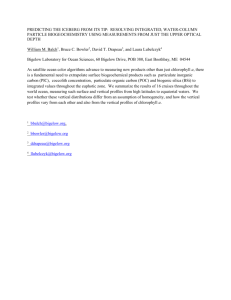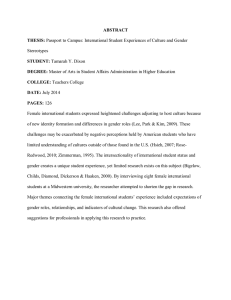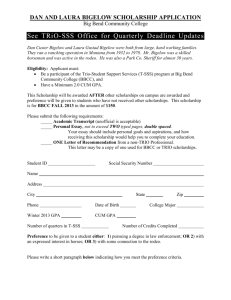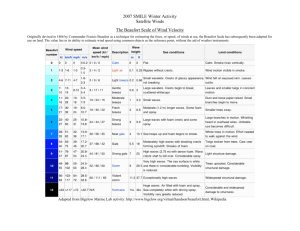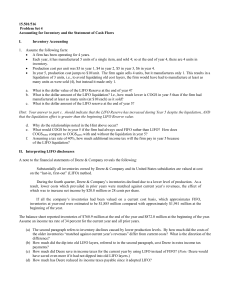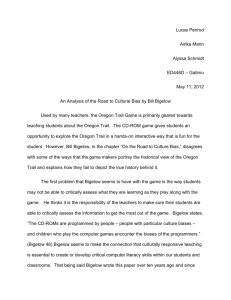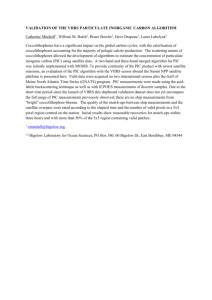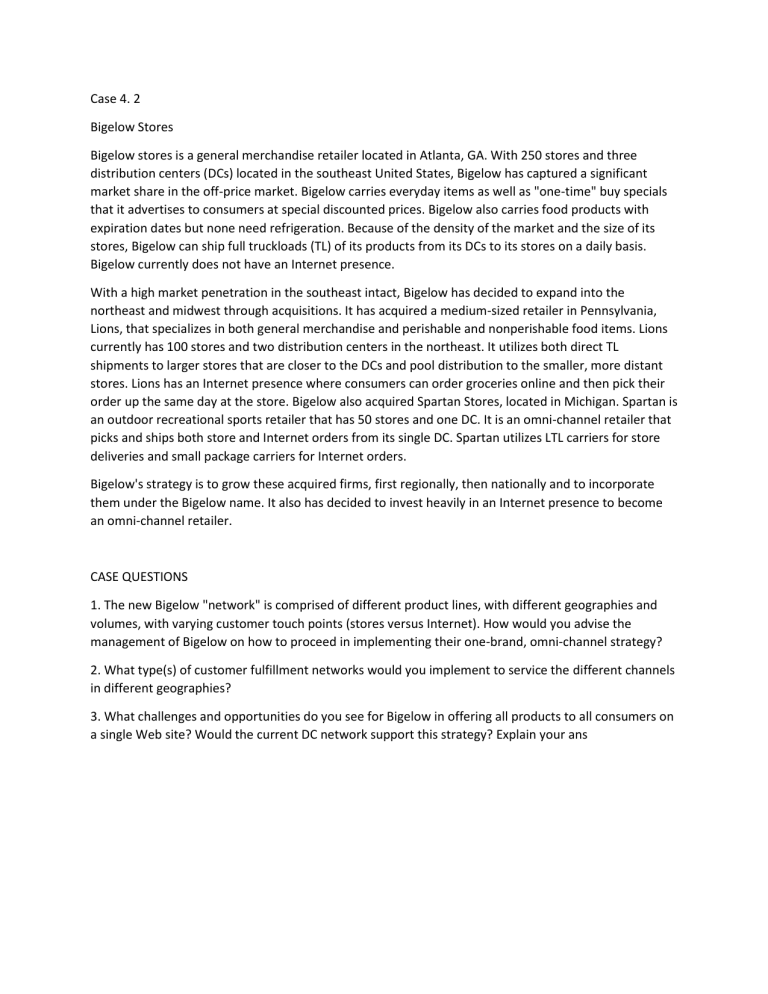
Case 4. 2 Bigelow Stores Bigelow stores is a general merchandise retailer located in Atlanta, GA. With 250 stores and three distribution centers (DCs) located in the southeast United States, Bigelow has captured a significant market share in the off-price market. Bigelow carries everyday items as well as "one-time" buy specials that it advertises to consumers at special discounted prices. Bigelow also carries food products with expiration dates but none need refrigeration. Because of the density of the market and the size of its stores, Bigelow can ship full truckloads (TL) of its products from its DCs to its stores on a daily basis. Bigelow currently does not have an Internet presence. With a high market penetration in the southeast intact, Bigelow has decided to expand into the northeast and midwest through acquisitions. It has acquired a medium-sized retailer in Pennsylvania, Lions, that specializes in both general merchandise and perishable and nonperishable food items. Lions currently has 100 stores and two distribution centers in the northeast. It utilizes both direct TL shipments to larger stores that are closer to the DCs and pool distribution to the smaller, more distant stores. Lions has an Internet presence where consumers can order groceries online and then pick their order up the same day at the store. Bigelow also acquired Spartan Stores, located in Michigan. Spartan is an outdoor recreational sports retailer that has 50 stores and one DC. It is an omni-channel retailer that picks and ships both store and Internet orders from its single DC. Spartan utilizes LTL carriers for store deliveries and small package carriers for Internet orders. Bigelow's strategy is to grow these acquired firms, first regionally, then nationally and to incorporate them under the Bigelow name. It also has decided to invest heavily in an Internet presence to become an omni-channel retailer. CASE QUESTIONS 1. The new Bigelow "network" is comprised of different product lines, with different geographies and volumes, with varying customer touch points (stores versus Internet). How would you advise the management of Bigelow on how to proceed in implementing their one-brand, omni-channel strategy? 2. What type(s) of customer fulfillment networks would you implement to service the different channels in different geographies? 3. What challenges and opportunities do you see for Bigelow in offering all products to all consumers on a single Web site? Would the current DC network support this strategy? Explain your ans
